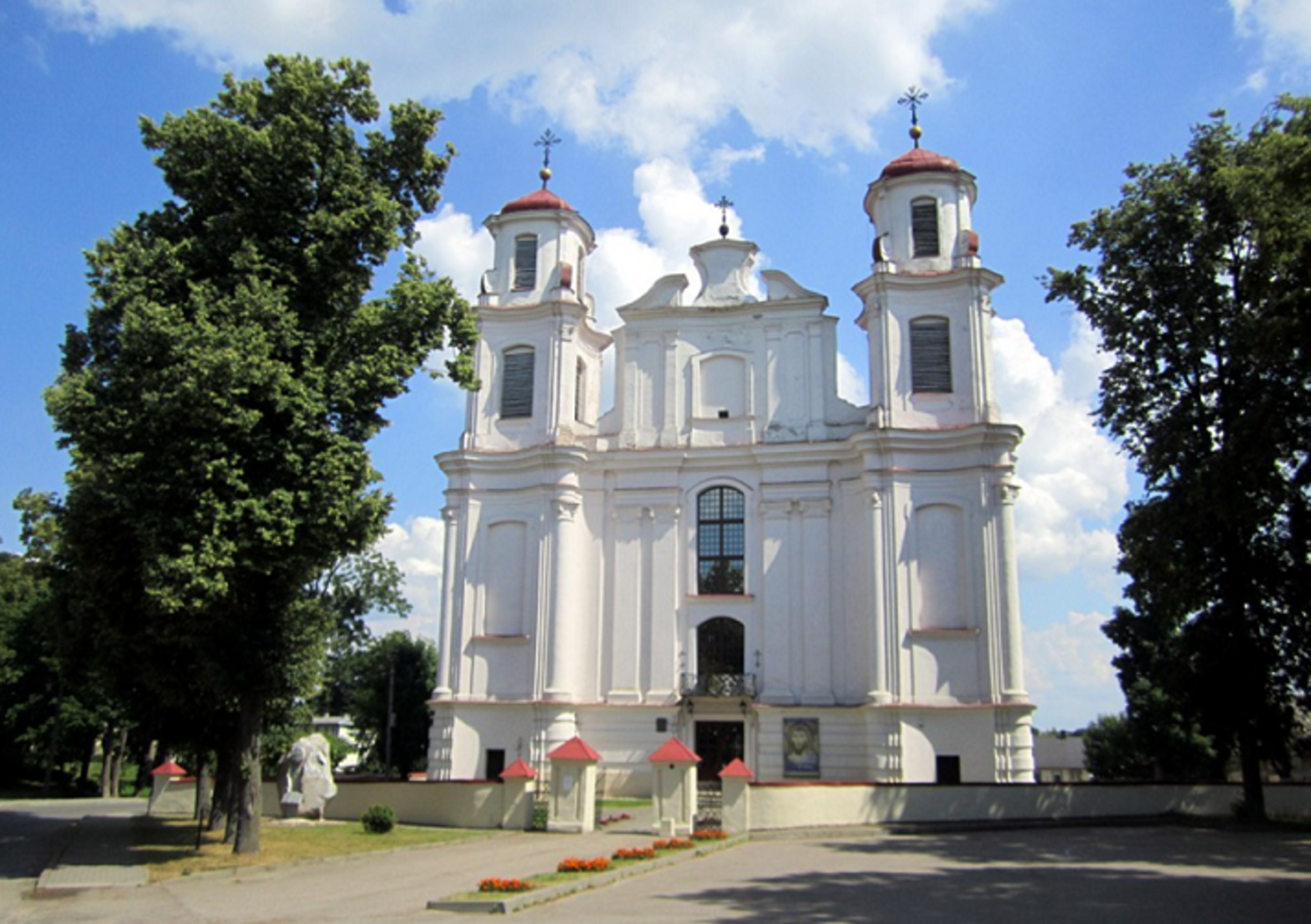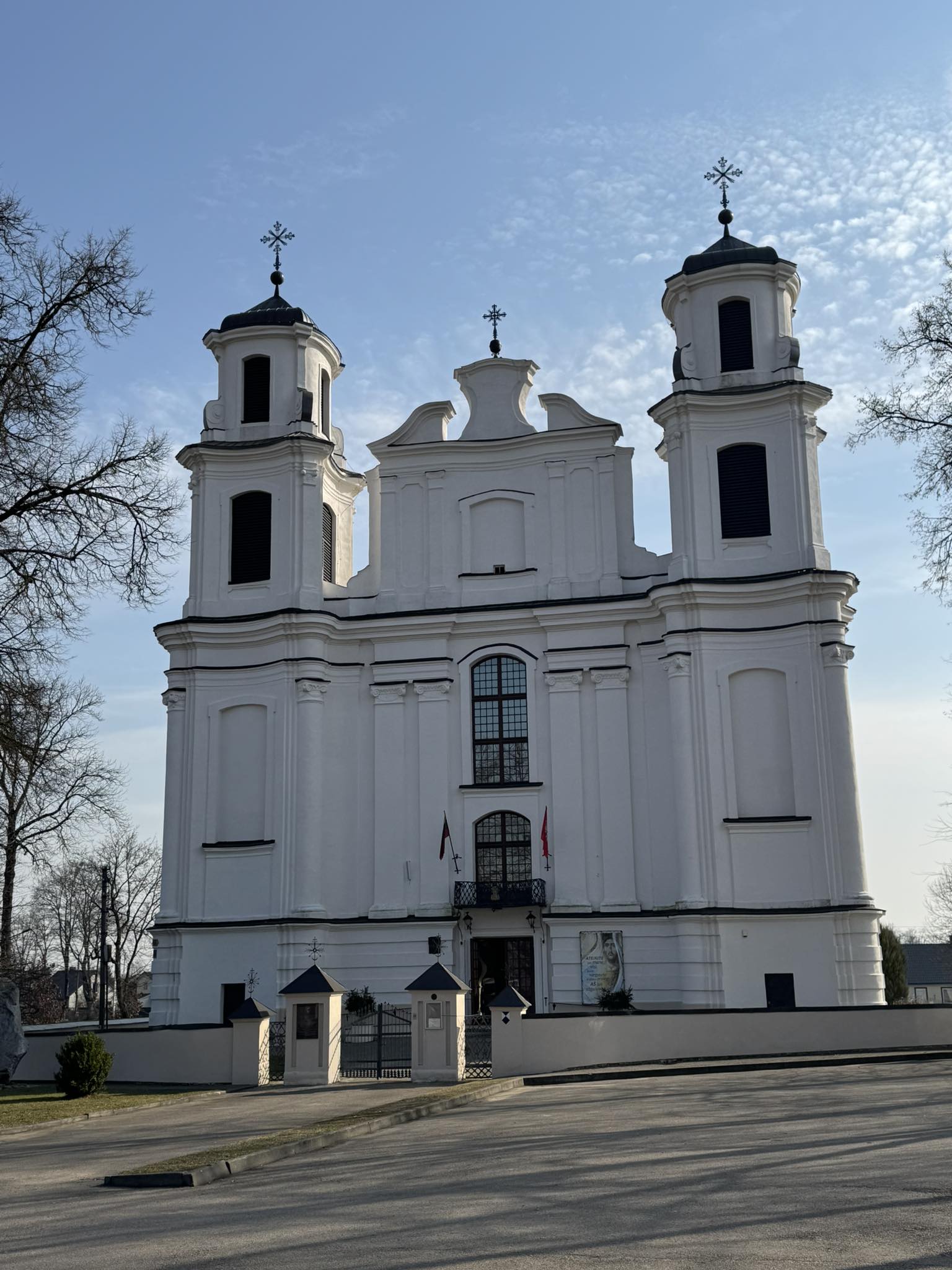Church of St. Archangel Michael and St. John the Baptist in Jiezno

149

0

0
0 out of 5
(0 reviews)
The Church of St. Archangel Michael and St. John the Baptist in Jiezno began its history in the early 17th century, originally built as a church for the Evangelical Reformers. In the mid-17th century, Lithuanian nobleman Steponas Kristupas Pacas handed over the church to the Catholics, and in 1670, it was consecrated as a Catholic place of worship. The church features 11 late Baroque altars and houses valuable works of art.
Info
-

Religious Heritage
-
Jieznas
-
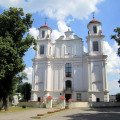
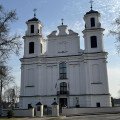
The Church of St. Archangel Michael and St. John the Baptist in Jiezno began its history in the early 17th century, originally built as a church for the Evangelical Reformers. In the mid-17th century, Lithuanian nobleman Steponas Kristupas Pacas handed over the church to the Catholics, and in 1670, it was consecrated as a Catholic place of worship. The church features 11 late Baroque altars and houses valuable works of art.
Historical sources suggest that the church in Jiezno may have been built as early as the 16th century. In 1611, an Evangelical Reformed church was mentioned, and in 1640, an inventory of the Catholic church was recorded. In 1643, the parish priest was granted two manors with the condition to build a masonry church, with the construction
overseen by Steponas Kristupas Pacas. By 1655, the church was under construction in masonry, and in 1670, it was consecrated (dedicated) at the initiative of the Chancellor of the Grand Duchy of Lithuania, K. Z. Pacas. Between 1768 and 1772, thanks to the efforts of Antanas and Teresė Pacai, the church was expanded and adorned with frescoes, with the addition of two towers and sacristies. It was reconsecrated in 1772 but later suffered damage from Russian army plundering. At the end of the 19th century, repairs began due to cracks in the church vaults, and funds for the renovation were allocated in 1876. After World War II, the parish priest Vincentas Vaičiulis was exiled to Siberia, and upon his return to Lithuania, he passed away in Jiezno in 1960.
Found a mistake?
Report
Whats new?
Nearby attractions
Nearest museums

 Entertainment
Entertainment
 Food establishments
Food establishments





























 54.599312, 24.17433
54.599312, 24.17433
 Get directions
Get directions








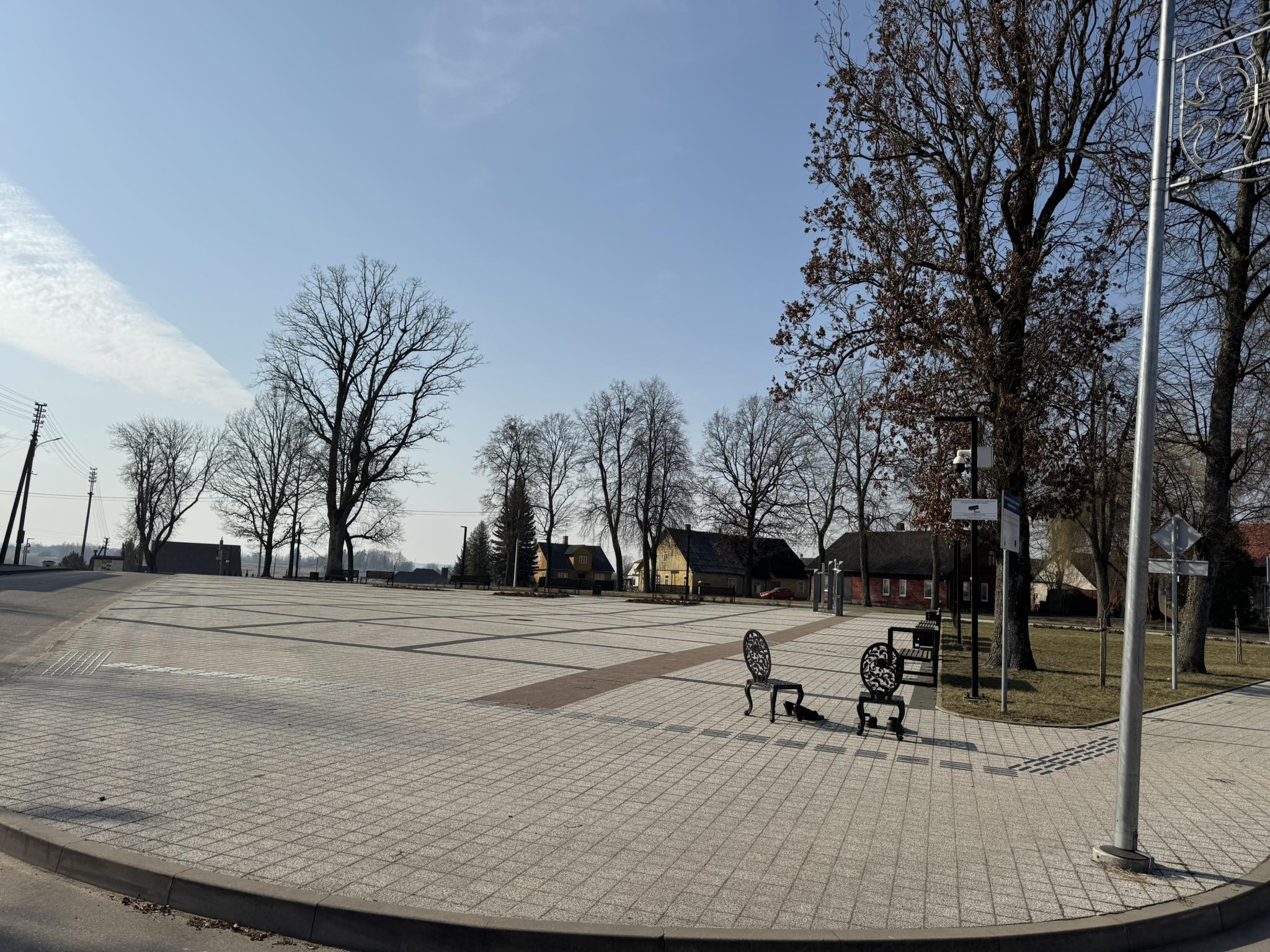
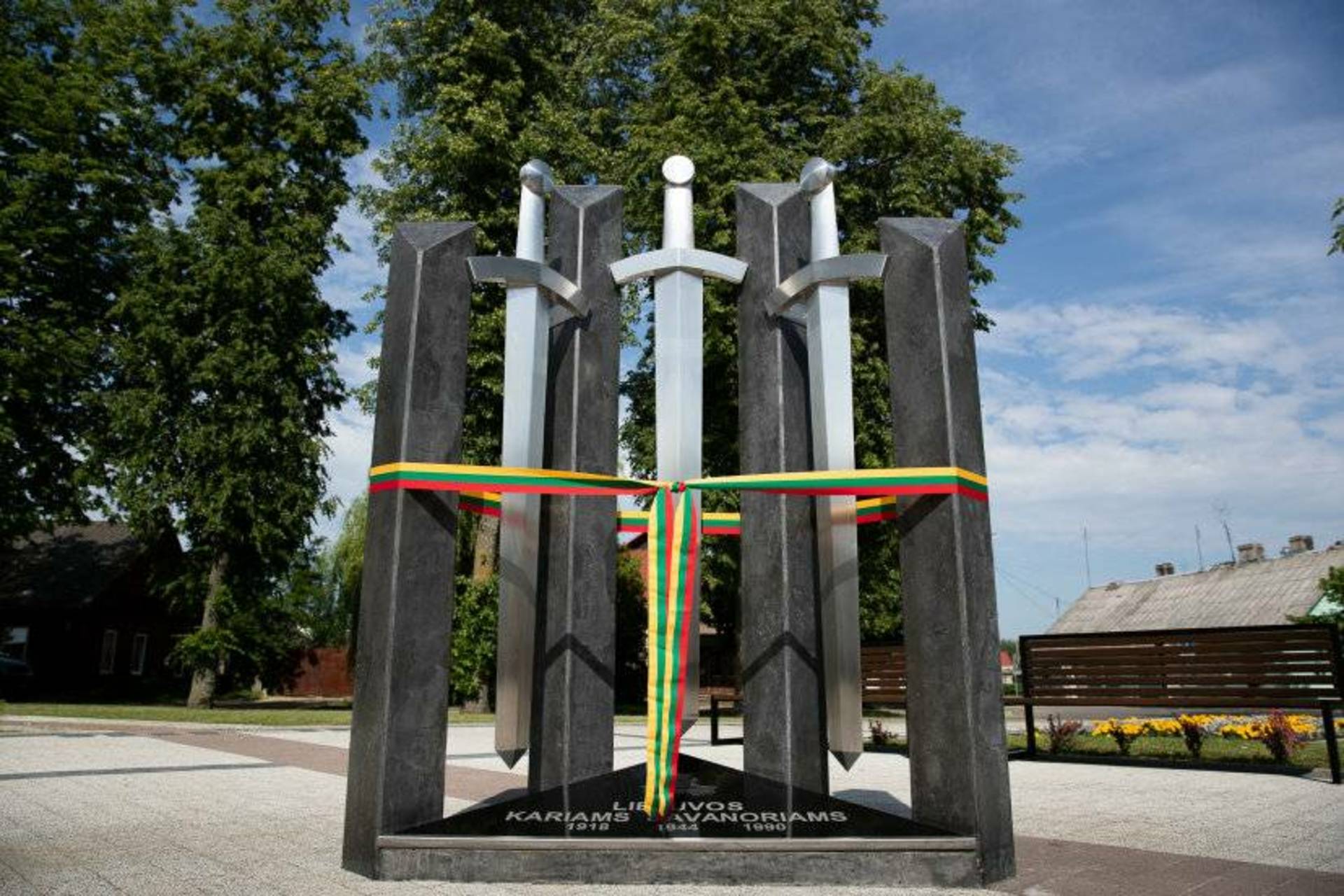
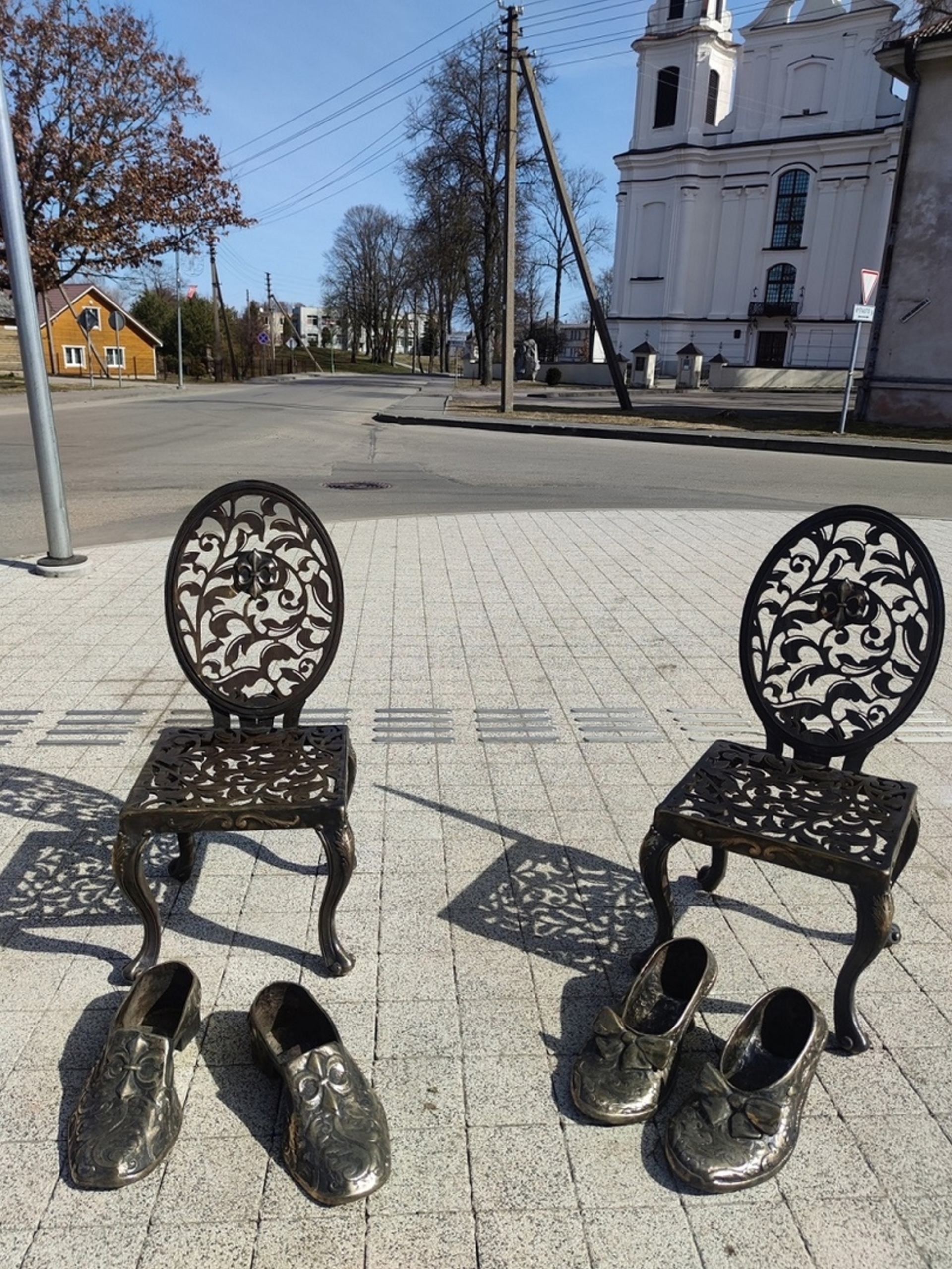
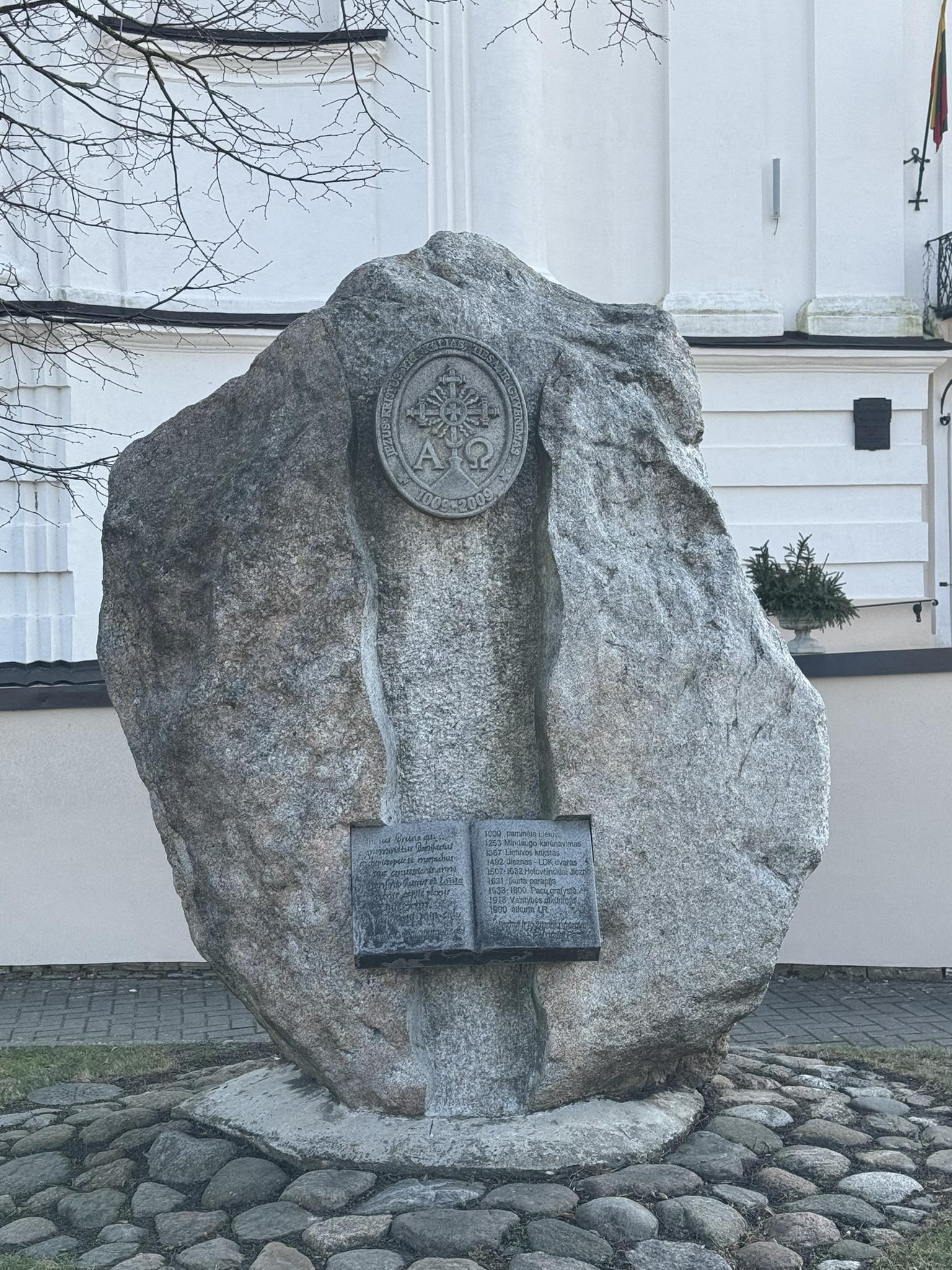
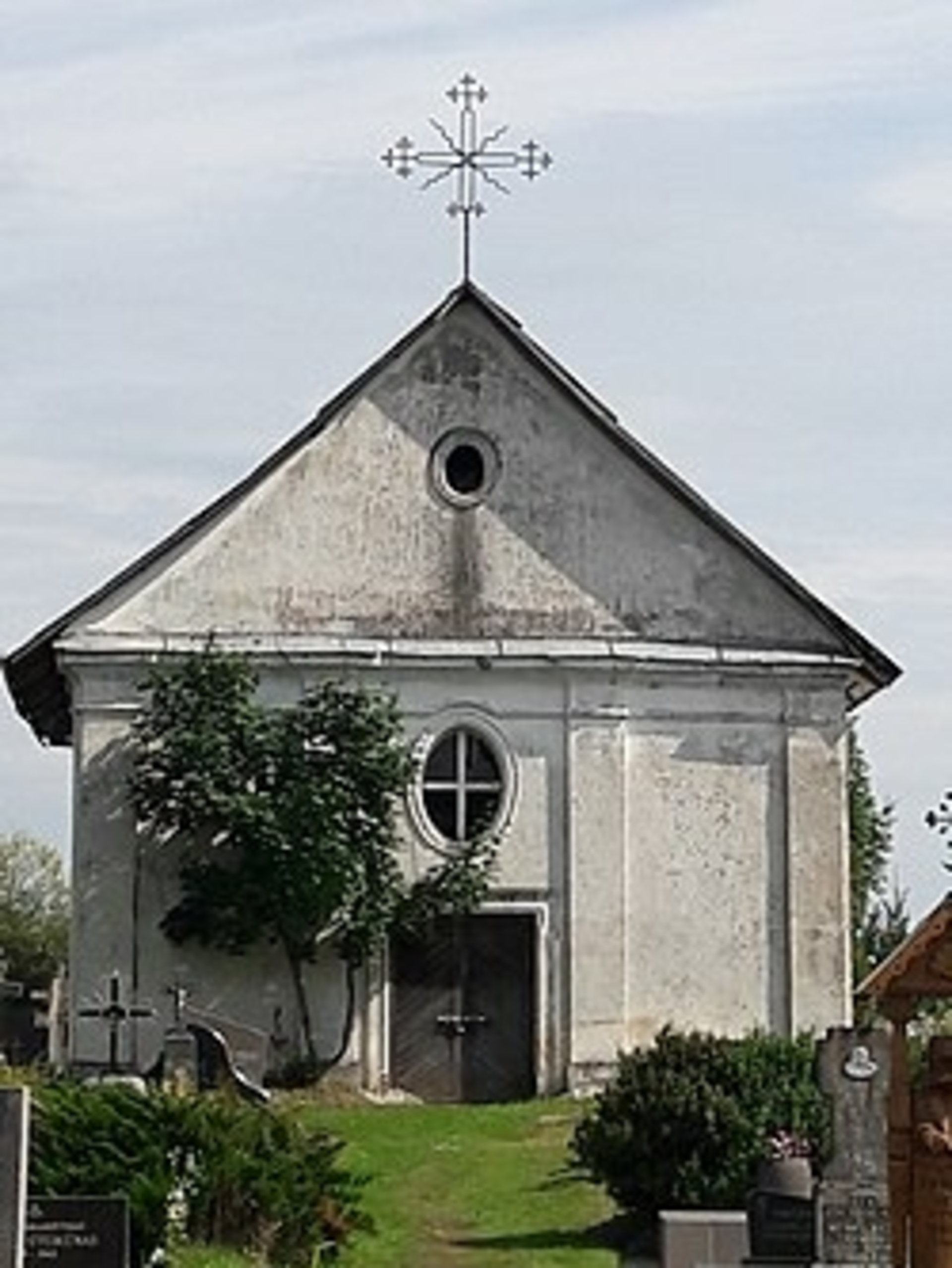
.jpg)

